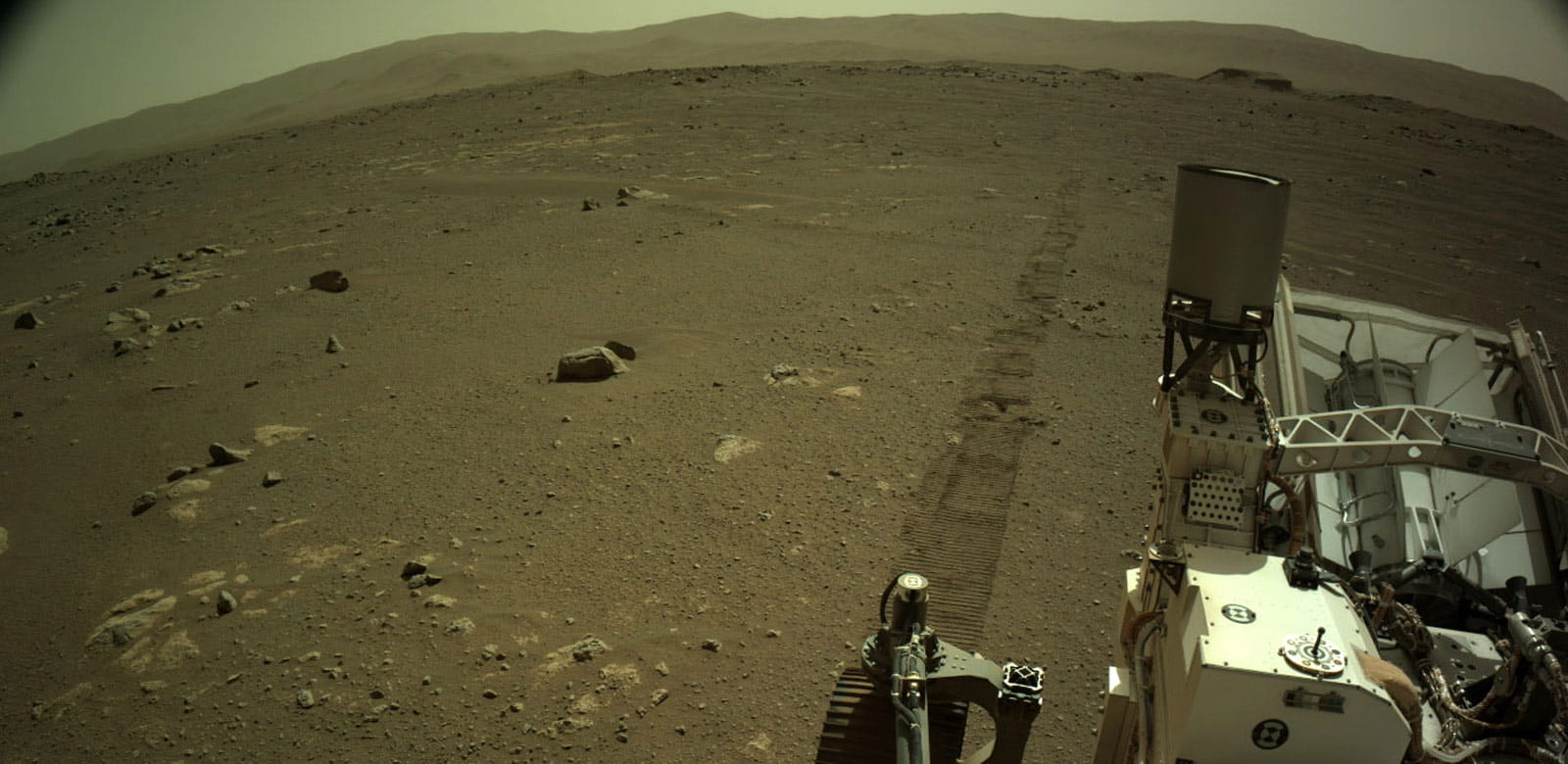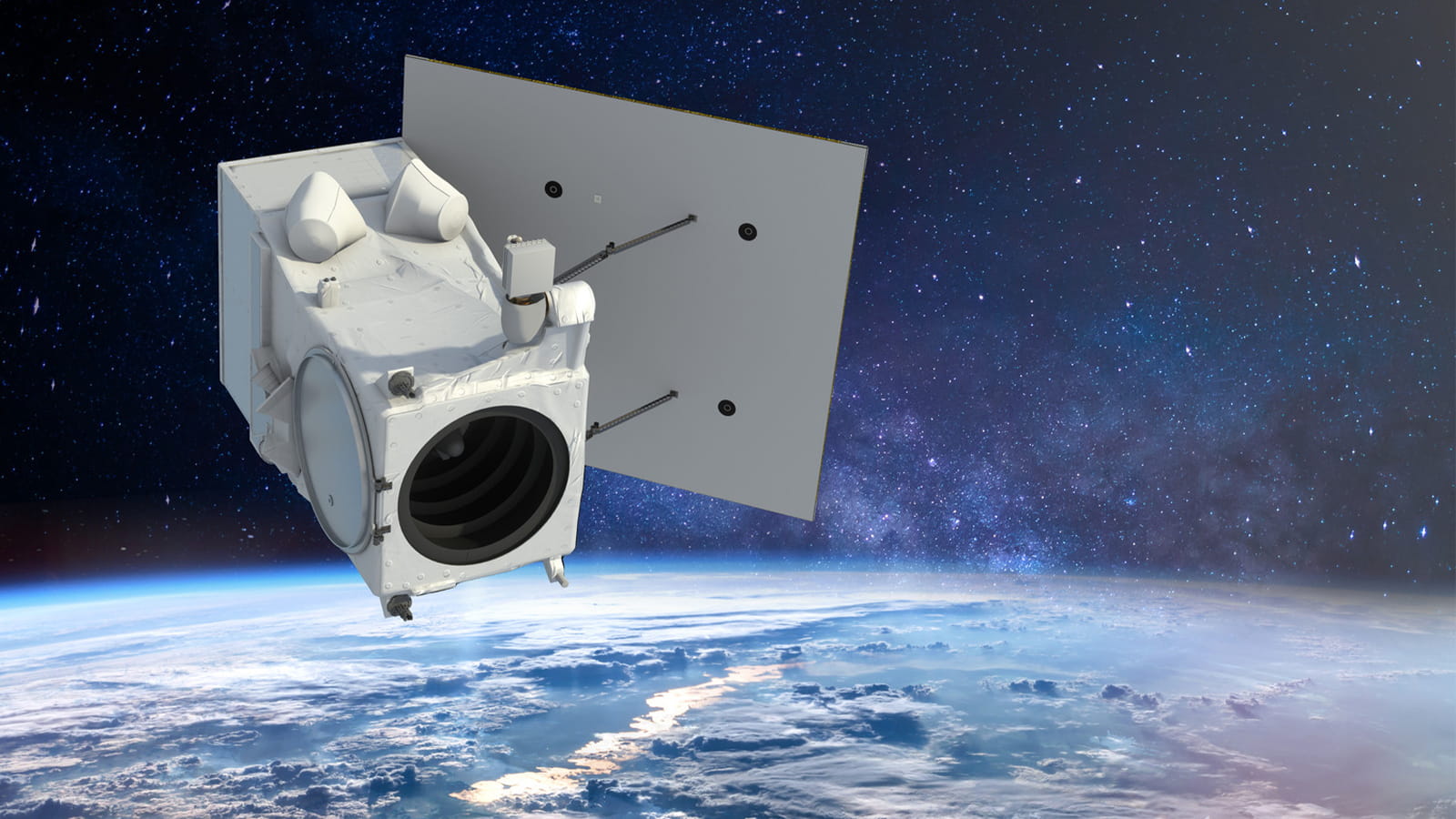Looking for life on Mars
How we're supporting NASA's Perseverance rover
At this very moment, there’s a rover on Mars looking for signs of ancient life – and two Raytheon Technologies businesses are contributing to the mission.
After a 203-day trek through 293 million miles of space, NASA’s Perseverance rover touched down in what’s known as the Jezero Crater – located in a basin scientists believe was filled with water 3.5 million years ago – and after a few weeks of testing will truck around the surface of the Red Planet, collecting rock and soil samples. A future mission could bring them back to Earth for further study.
Perseverance has seven science instruments – the most ever sent to Mars – and that’s where Raytheon Technologies has made its mark on the mission.
Collins Aerospace is providing optical systems, much as it did for the Spirit, Opportunity and Curiosity rovers. You can read about that here.
Raytheon Intelligence & Space’s work on Perseverance includes a subassembly that will serve up the drill bits the rover will use to mine the surface, as well as a pair of instruments – one to assess weather conditions, the other to look for objects that appear to have been altered by water (an indicator of microbial life.) Read about that here.
It’s fascinating work, and it’s getting us one step closer to answering a question we’ve had since the age of Galileo.



